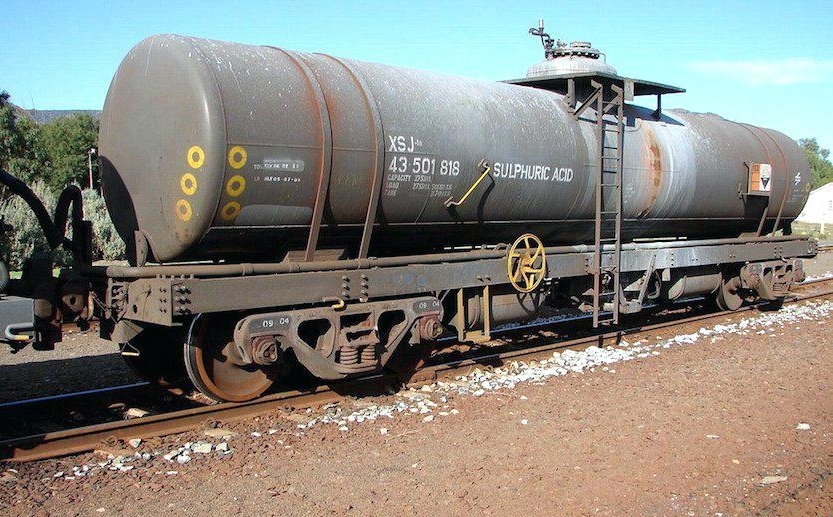With the booming demand for cobult being fueled by the production of Elon Musk's Tesla cars, the price of this commodity has risen from $20,000 in 2016 to over $80,000 per tonne in April 2018.
Over 80 percent of the world’s supply of cobalt is found in the Democratic Republic of Congo (DRC), and extracting it as fast as possible has become the current gold rush phenomenon of mining in Africa. Production of cobalt in the Katanga province of the DRC occurs as a by-product of producing copper, and oxide ores require sulphuric acid to leach the mineral from the concentrate.
Whilst typically mines in Central Africa have produced sulphuric acid by importing sulphur powder and burning it, the existing acid burners in the Congo are unable to keep up with the mines’ sky-rocketing appetite for the product.
The railway concessions of New Limpopo Project Investments in Zimbabwe have traditionally moved bulk sulphur in open railway wagons from Richards Bay to Ndola in Zambia and beyond for many years to fuel the burners in the DRC. However, recently this supply has not been sufficient, and traders have started to request the delivery of toxic and dangerous sulphuric acid by rail directly from South Africa into Zambia for onward road delivery to the Congo. During the past six months Grindrod Rail Consultancy Services have developed a specialised fleet of tankers to move acid from Richards Bay and Rustenburg up to Chambishi on the Copperbelt. This lucrative and long-distance rail haulage has grown to 4,000 tonnes a month and seems likely to continue for the foreseeable future as the worldwide demand for electric cars and their batteries continues.
GRCS is the only rail freight broking service offering this specialised logistics service for moving acid over 3000km into Central Africa.

